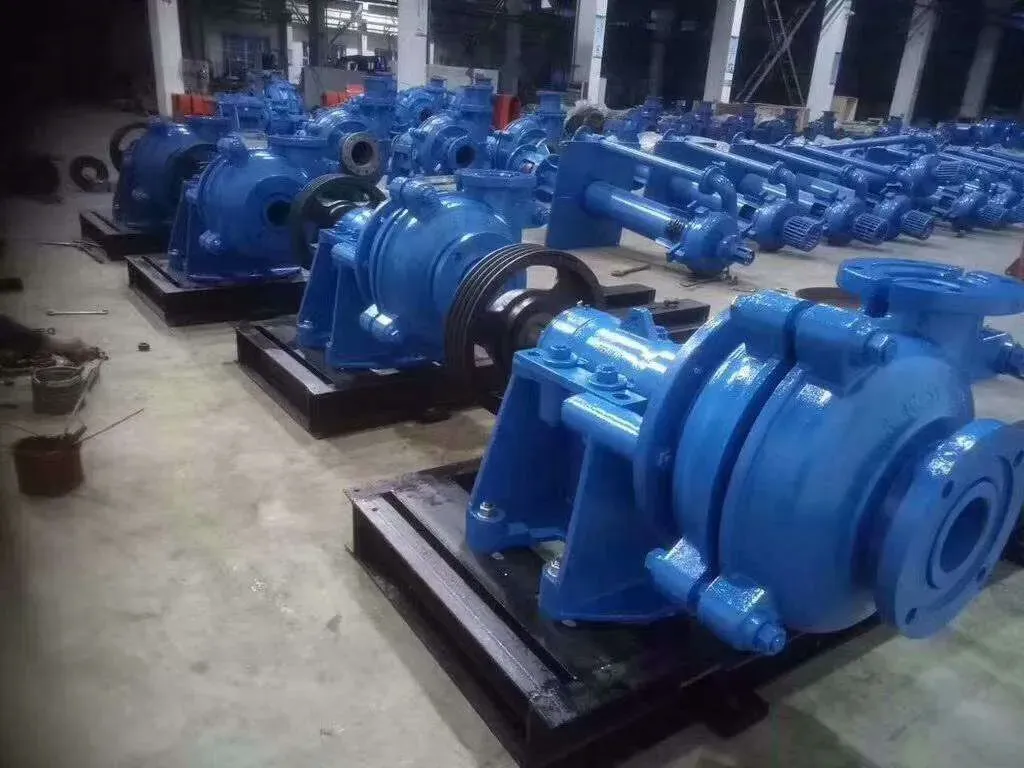Croatian
- Afrikaans
- Albanian
- Amharic
- Arabic
- Armenian
- Azerbaijani
- Basque
- Belarusian
- Bengali
- Bosnian
- Bulgarian
- Catalan
- Cebuano
- Corsican
- Croatian
- Czech
- Danish
- Dutch
- English
- Esperanto
- Estonian
- Finnish
- French
- Frisian
- Galician
- Georgian
- German
- Greek
- Gujarati
- Haitian Creole
- hausa
- hawaiian
- Hebrew
- Hindi
- Miao
- Hungarian
- Icelandic
- igbo
- Indonesian
- irish
- Italian
- Japanese
- Javanese
- Kannada
- kazakh
- Khmer
- Rwandese
- Korean
- Kurdish
- Kyrgyz
- Lao
- Latin
- Latvian
- Lithuanian
- Luxembourgish
- Macedonian
- Malgashi
- Malay
- Malayalam
- Maltese
- Maori
- Marathi
- Mongolian
- Myanmar
- Nepali
- Norwegian
- Norwegian
- Occitan
- Pashto
- Persian
- Polish
- Portuguese
- Punjabi
- Romanian
- Russian
- Samoan
- Scottish Gaelic
- Serbian
- Sesotho
- Shona
- Sindhi
- Sinhala
- Slovak
- Slovenian
- Somali
- Spanish
- Sundanese
- Swahili
- Swedish
- Tagalog
- Tajik
- Tamil
- Tatar
- Telugu
- Thai
- Turkish
- Turkmen
- Ukrainian
- Urdu
- Uighur
- Uzbek
- Vietnamese
- Welsh
- Bantu
- Yiddish
- Yoruba
- Zulu
Telephone: +86 13120555503
Email: frank@cypump.com
lis . 02, 2024 11:37 Back to list
Comparing Effluent Pumps to Sump Pumps for Effective Water Management Solutions
Understanding Effluent Pumps and Sump Pumps A Comprehensive Guide
In the realm of water management, effluent pumps and sump pumps play crucial roles in the efficient and safe handling of wastewater. While both serve the primary purpose of moving water, they are designed for different applications and environments. Understanding the distinctions and functions of these pumps can help homeowners and businesses make informed decisions regarding their needs.
Effluent Pumps Purpose and Functionality
Effluent pumps are specifically designed for the transfer of treated sewage or wastewater that has already undergone some level of treatment. These pumps are usually employed in septic systems, where they help move effluent—liquid waste that is not solid—away from the holding tank to a drain field or other disposal method. Effluent pumps typically operate with a capacity to handle solids, but they are primarily utilized for liquids that contain some particles without being heavily laden with solid waste.
These pumps are distinguished by their ability to handle effluent with a maximum solid size of typically up to ¾ inch. They are equipped with features like a float switch that activates the pump only when the water level rises above a certain point, ensuring that they only operate when necessary. The design of effluent pumps emphasizes efficiency and durability, often made from corrosion-resistant materials to withstand harsh conditions.
Sump Pumps Purpose and Functionality
On the other hand, sump pumps are designed to prevent water accumulation in low-lying areas such as basements or crawlspaces. These pumps are essential for removing excess groundwater or infiltrating rainwater that can seep into homes, potentially leading to extensive water damage and mold growth. Sump pumps are typically installed in a sump pit, a specially designed basin that collects excess water.
Sump pumps can either be submersible, which means they are placed below the water level and can pump water directly away, or pedestal types that have the motor positioned above the water line. The choice between these types often depends on specific needs, space constraints, and budget. Sump pumps generally focus on handling clean water, though they can also manage some sediment, they are not intended for heavy solid waste like effluent pumps.
effluent vs sump pump

Key Differences Between Effluent Pumps and Sump Pumps
2. Solid Handling Capabilities Effluent pumps can handle small solids (up to ¾ inch), whereas sump pumps are designed to work with relatively clean water.
3. Installation Locations Effluent pumps are often found in septic systems and wastewater treatment setups, while sump pumps are typically installed in basements or low spots of homes.
4. Operating Mechanisms Effluent pumps usually feature a float switch to manage operation based on liquid levels, similar to sump pumps, but the conditions under which they operate differ significantly.
5. Maintenance and Durability Both types of pumps require regular maintenance to ensure optimal performance. Effluent pumps generally require more robust construction to handle harsher environments compared to sump pumps.
Conclusion
In summary, both effluent and sump pumps play vital roles in water management systems, but they cater to different needs. Homeowners and property managers must assess their specific situations to determine which type of pump will best serve their requirements. By understanding the distinct characteristics and functionalities of effluent pumps versus sump pumps, users can achieve efficient management of wastewater and protect their properties from water damage. Investing in the right pump is not just about performance, but also about ensuring longevity and reliability in water management systems.
-
ISG Series Pipeline Pump - Chi Yuan Pumps | Energy Efficiency&Compact Design
NewsAug.03,2025
-
ISG Series Vertical Pipeline Pump - Chi Yuan Pumps Co., LTD.|High Efficiency, Low Noise, Durable
NewsAug.02,2025
-
ISG Series Vertical Pipeline Pump - Chi Yuan Pumps | High Efficiency, Low Noise
NewsAug.02,2025
-
ISG Series Vertical Pipeline Pump- Chi Yuan Pumps Co., LTD.|High Efficiency&Compact Design
NewsAug.02,2025
-
Heavy-Duty Mining Sludge Pumps - Wear-Resistant Slurry Handling
NewsAug.02,2025
-
Horizontal Split Case Pump with GPT-4 Turbo | High Efficiency
NewsAug.01,2025










